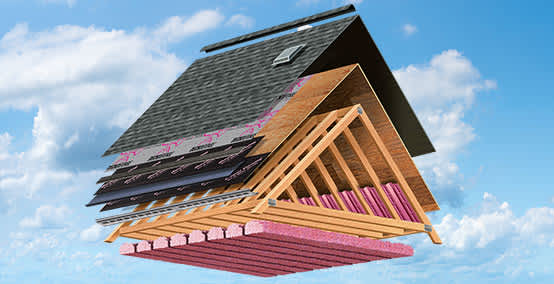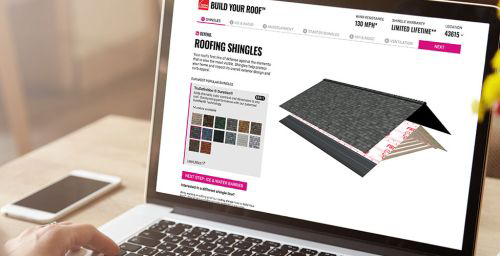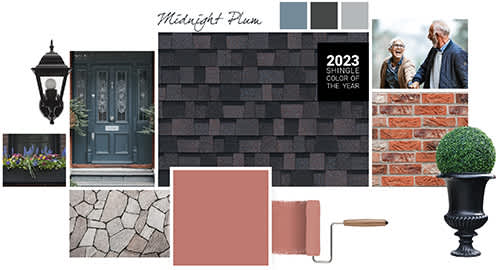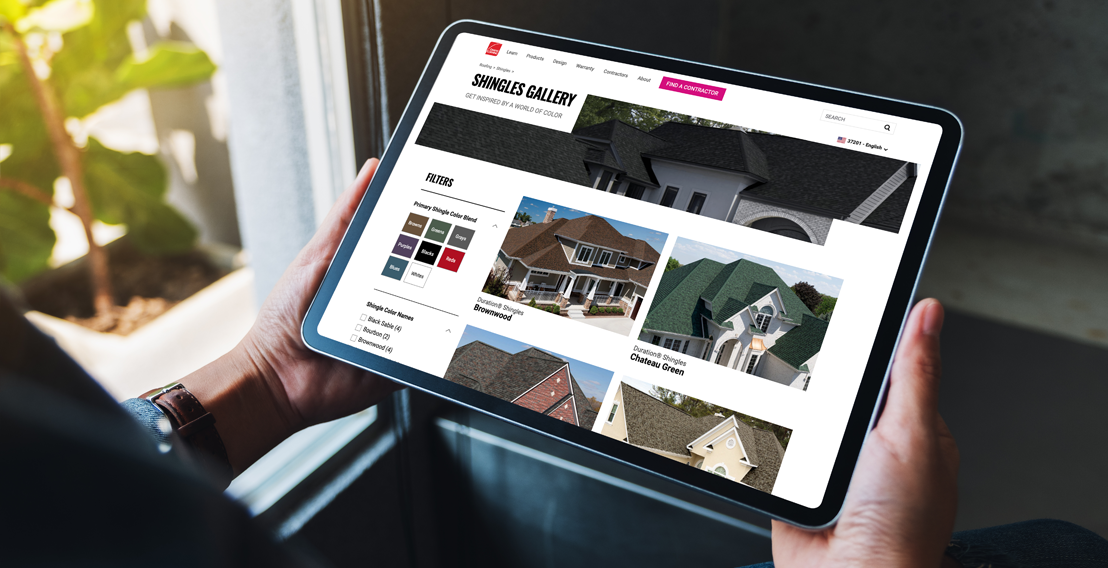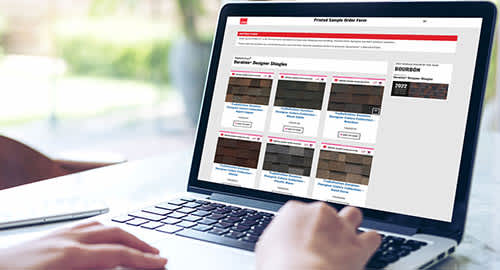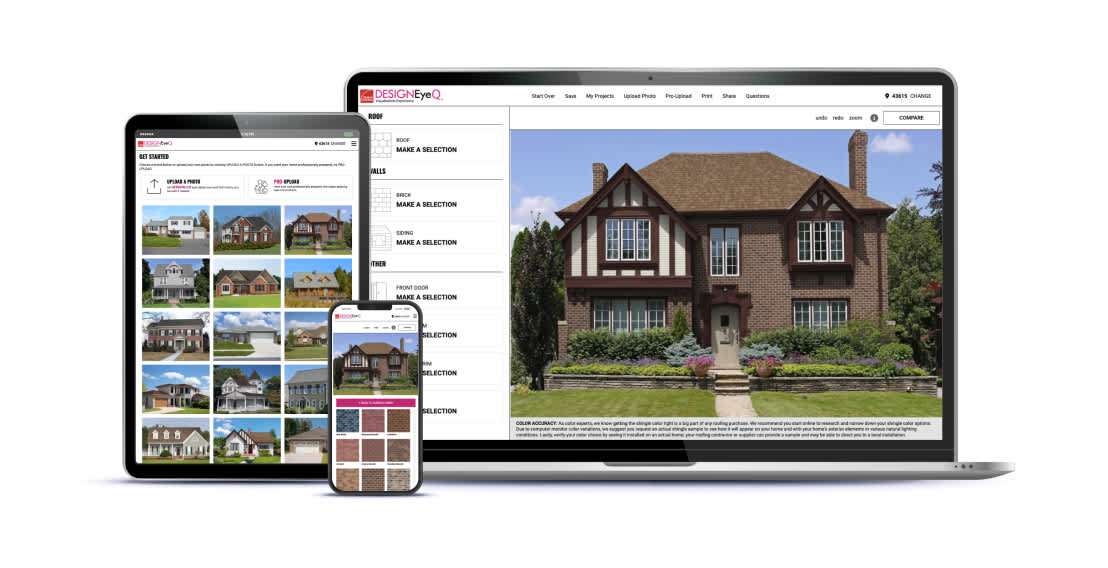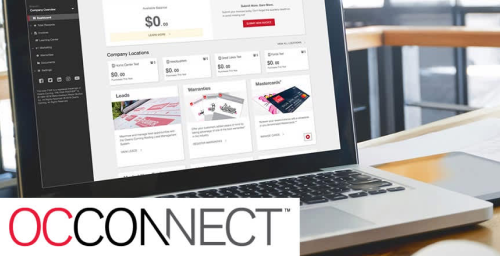Roofing underlayment is a critical component of any new roofing project or re-roofing undertaking. Underlayment materials offer a water-shedding barrier against moisture infiltration, adding another protective layer to your roof. They're typically installed on top of your roof deck, which is usually made of either OSB or plywood. Roofing cladding are then placed on top of the underlayment.
Metal roofs have unique characteristics, which should factor into your decision when choosing an underlayment product. Read on to discover the best metal roofing underlayment for your home.
